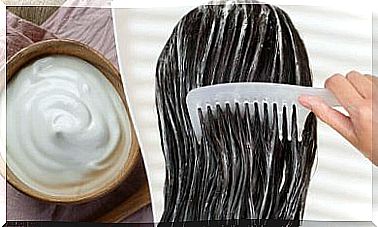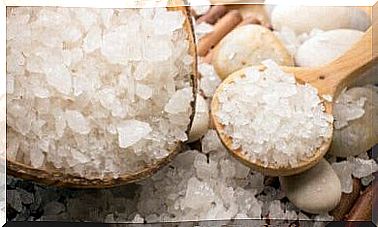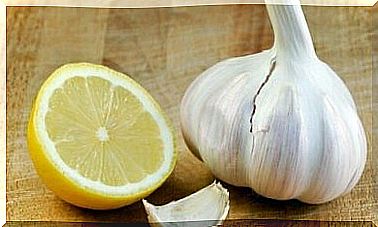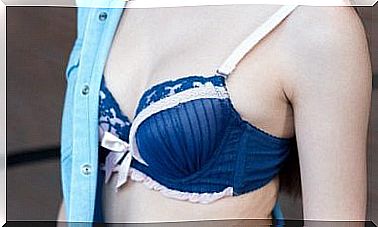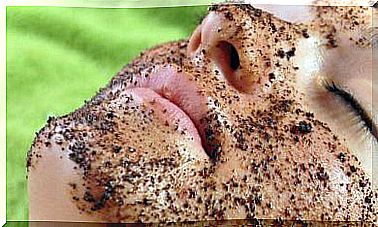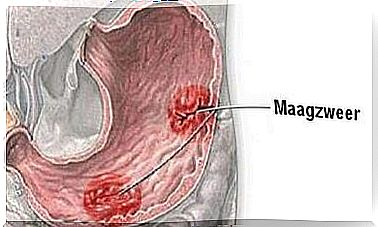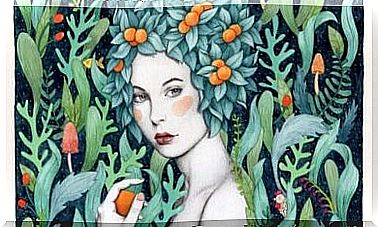Tips For Organizing Your Small Garden
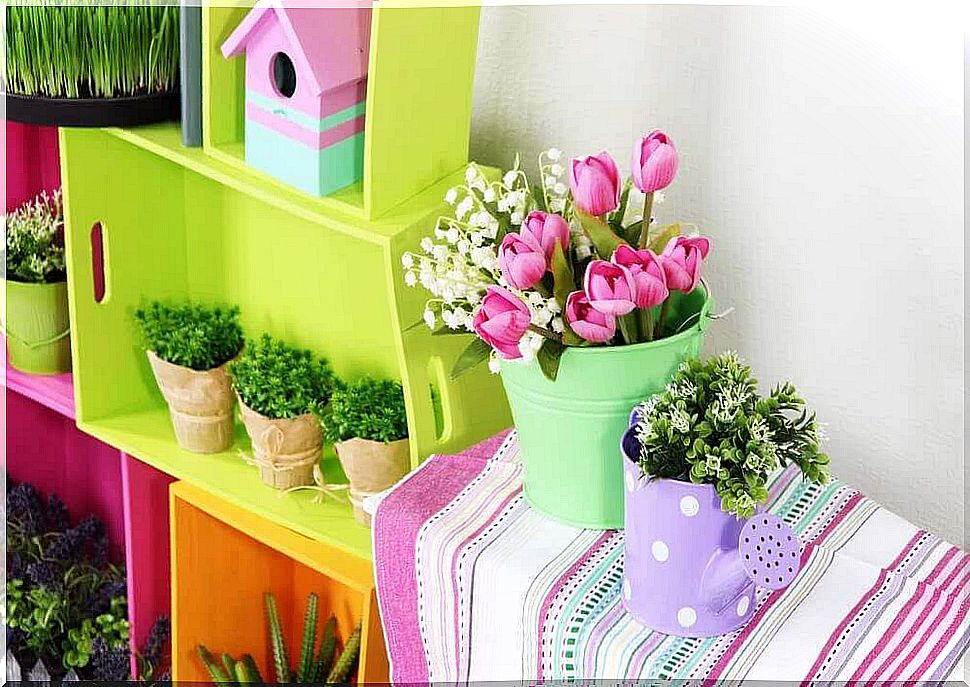
Do you have a small garden that you want to make the most of? There are plenty of ways to take full advantage of a small footprint. With just a few small additions you can turn it into something special. Below you will find tips for organizing your small garden. Choose the style that suits you best.
Gardening is the perfect hobby to express your creativity. Regardless of the surface you have at your disposal – the most important thing is that you have fun in the process. And of course that you enjoy the result!
Some recommendations before you start
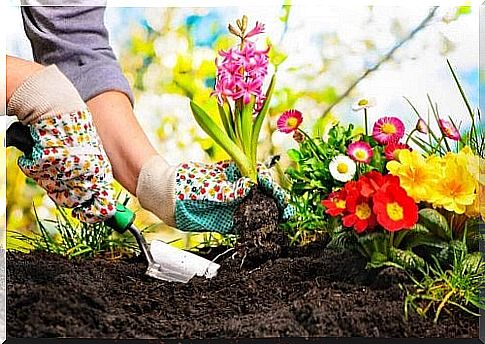
It’s okay if you only have a small yard. If your goal is to have a beautiful garden, then the size of your garden is not a limitation.
Before you can get started, you will have to start from scratch. In other words: first determine the size of your garden, and whether your ideas are realistic.
In the planning phase, your ideas will still be fragmented. We therefore advise you to write down all your ideas. If you like, you can also make a sketch of the garden design. By making a sketch you organize your ideas. It becomes easier to determine which ideas to try and which ones to scrap.
A few tips on choosing the plants:
- First, think about which plants you would like to have in your garden.
- Do some research on how to care for them, given the climate you live in. Also take into account how the plants will grow: how high will they get and how much space will they need?
- Also, make sure to combine plants that belong to the same species.
- Plants are ideal for adding contrast to your garden. You can do this by choosing a plant with a special color, or a plant that is a different height from the rest.
Tips for organizing your small garden
Below we give you some valuable tips for organizing your small garden.
1. A varied little garden
If you want to make a small garden special, it is important that you introduce variety. With a small garden with plants of different heights and colours, you create a lively atmosphere.
However, make sure that you don’t overdo it, and that you think out the variety in your garden well in advance.
First, choose the plants you would like to have in your garden. In a small garden, the height of the plants is important. Two examples:
- Place several low plants around one taller plant.
- Place the higher plants at the back and place the lower plants in front of them.
Variation in your garden is not only done by means of the height of the plants, but you can also use different colors. Flowers bring color to your garden, and create contrast that emphasizes the beauty of your garden.
Keep in mind that most flower-bearing plants do not tolerate sunlight well. So first check how much sunlight is entering your garden.
2. Garden accessories for a smaller garden
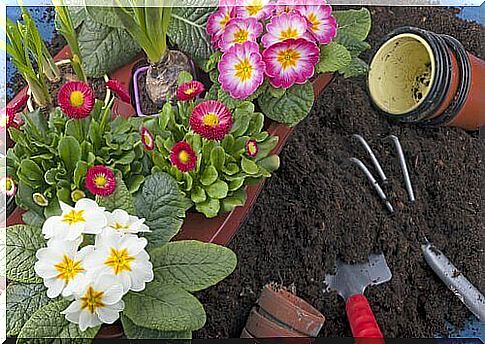
If you are going to organize your garden, you should avoid filling it with things that take up too much space. Therefore, only use a few accessories, so that you maintain the balance between the space your plants take up and the space you leave empty.
For a small garden you can use the same garden accessories as for a large garden. However, be careful with your choice. We advise you not to opt for large tables with many chairs.
- Rather buy two chairs, or an armchair with a small table.
- Remember: a garden should be a place for entertainment and tranquility.
Choose garden furniture with a simple design that is comfortable and can withstand humidity and sunlight. The best material is spruce, because of its natural light color and its sturdiness.
If you want to buy other parts for your garden, choose light colors. Avoid dark colors and bulky furniture, as they make the room seem smaller.
3. A small rock garden
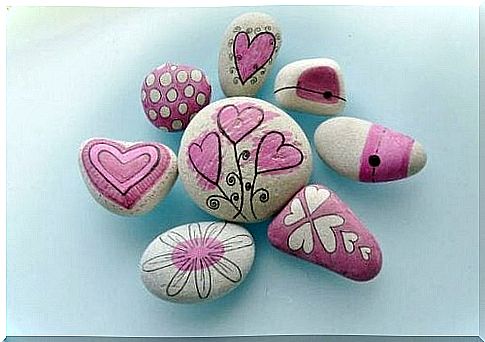
In recent years, the trend of using stones and rocks in smaller gardens has become more and more popular. Stones make it easier to maintain your garden and reduce the number of plants you have to care for.
For the decoration of your small garden you can choose from the following types of stones:
- flat stones for the construction of floors or paths.
- rustic rocks as decoration for the corners in your garden.
- symmetrical rocks for creating perfect edges.
- asymmetrical rocks for when you want to keep it natural.
A few ideas for what to do with rocks:
- Create a path of flat stones to create a connection between your front door and your garden furniture.
- Place a few natural, rustic rocks in various areas of your yard to complement your plants.
Another idea is to place a few smaller, rustic stones to fence your plants. This creates contrast in your garden, which prevents all the grass and plants from dominating your garden.
Light stones (grey or white) are therefore a good way to prevent your garden from becoming overcrowded. They make your garden look open, making it appear larger.
4. A small, minimalist garden
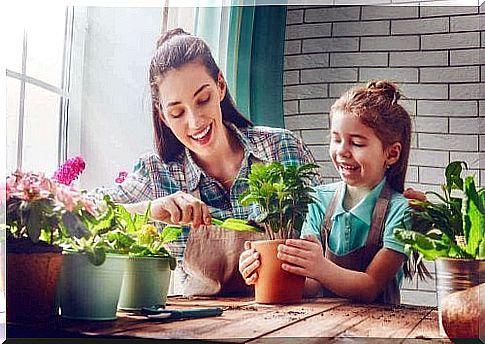
You can also go for the minimalist style for decorating a small garden. Minimalism is a great way to create a sense of space by using a few small, simple decorating items. It only requires a simple decoration, as the aim is to accentuate the beauty of a small garden.
Tips for arranging your minimalist garden:
- Choose small plants that are easy to maintain. Cacti, for example, fit well in a minimalist design.
- Unlike other garden styles, the contrast in a minimalist garden should be minimal. After all, you want to create a calm, simple space.
- Place a fountain in your garden.
- Most people choose neutral colors for a modern look. Black and white is the most popular color combination, but you can also go for other shades, such as brown, beige and gray.
- Hanging plants require little care and are therefore often used in these types of gardens.
- Straight lines add structure to your garden and make your garden visually appealing.
